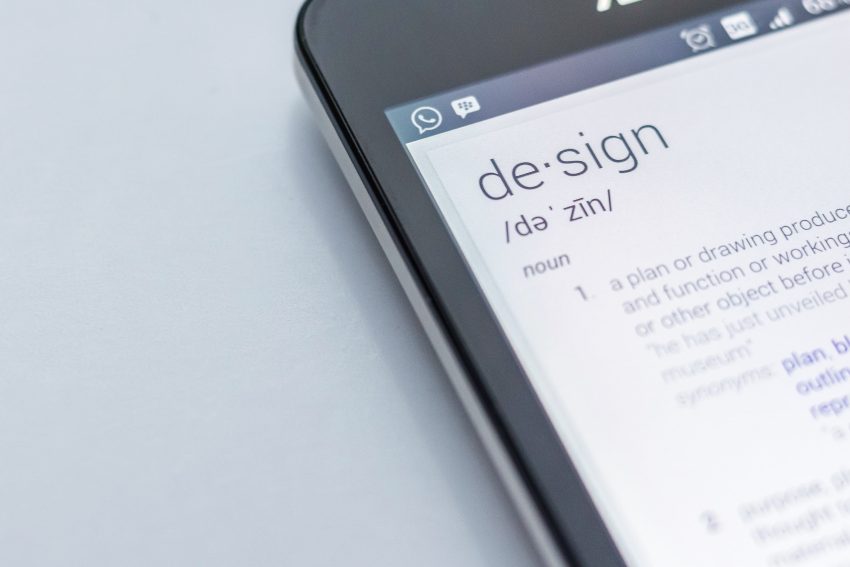Design Principles for eHealth

During recent research, an ED doctor shared this tip with me. It was funny at first, but I realized he meant it. He continued to explain the struggle of recording patient notes. He now spends several minutes selecting check boxes and menu items from his electronic health record, which used to take him just a few minutes on paper.
US doctors now spend 4 hours per week adding patient notes to their electronic health records. These systems are claimed to be more efficient and better for patients. Are they?
We see that e-health products are often developed as technology projects rather than tools for healthcare workers. These products are born from questions such as “how can all these systems be connected?” or “how can everyone’s information be secure?” While technology is essential, it doesn’t matter if a doctor cannot get a clear picture of their patient’s condition.
Since the early 2000s, we have worked closely with Fred IT, iCareHealth and HealthConnex to learn what healthcare professionals want from their software. These design principles were created after we saw the same problems that keep people from using their software.
Consider the following issues when creating an eHealth product.
People assume that they won’t get training.
The majority of health software includes a training manual. It contains 100 pages of “click here to do…x”. It is also expected that healthcare workers must take a training course before using the software. However, they often don’t have the time. They are overwhelmed with patients, so they begin learning alone, just like everyone else. A Kimberley doctor pointed out that the training takes 2 months before they use it.
- Assume your users won’t get training. It should be easy enough that they can do basic tasks like adding patient notes or measurements right away. Next, show them how to do more complex things in context (webinars or videos throughout the software).
- Use their language. Use the same terminology for your software.
Help people add great documentation fast.
EHRs are criticized for the amount of time spent on documentation. Because it took her too long to complete her notes during her shift, a nurse I met spent 2-3 hours each weekend on documentation. This is exhausting and time-consuming and creates information gaps that can be dangerous during staff handover.
It is so time-consuming. Organizing or ” coding” health information is important to make it useful for others. For example, blood pressure must be labelled “blood pressure” and not just added as a text note. Most systems require you to click over a thousand buttons to enter structured data. What is the result? The result? They add junk information.
- You can create simple ways to add structured notes. Facebook excels at this. You can mention a friend by simply writing their name in your post. This should also make it easy to add clinical data.
- Support a broken workflow. In hospitals, nurses are interrupted on average every 6 minutes. Give them ways to begin their charts or notes and then return later.
- Mobile is a great tool for sharing information on the move.
Be strict about the information hierarchy.
Although electronic health records offer better patient information access than paper, they can often be too many. A patient’s medical history is not just a collection of important events such as a stroke or a bout with gastro. Most systems can’t distinguish between them, so clinicians must work hard and go through everything, sometimes missing important details.
- All the necessary information should be brought to the surface. Access to all information is important, but not everyone needs to see it all.
- Be gentle with the alerts. There is less chance that people will read the alerts they receive. According to a doctor, “we get so many notifications that they become blind spots.” Similar to the way we ignore ads on websites,
- Amazing search and filtering tools. You can search the patient’s records for asthma and find all relevant information, just like you would Google “Italian Restaurant in Boston”.
Help people make decisions.
While a chart showing the patient’s blood pressure changes can be a helpful start, we can do much more to assist people in making decisions. Trends are easy to spot. We can identify trends and know when a patient is in danger. These things can be highlighted early to prevent disease.
- Recognize and highlight any changes or patterns in the patient’s health.
Create it together
This principle applies to all products and services. People don’t usually like or accept software because they were not involved in its design. I am not a nurse. I don’t know how I would manage a medication run or care for sick patients in a ward. I cannot expect them to embrace my ideas and design something that they will love.
- As part of your product team, hire a domain expert.
- Participate in all process stages, from problem definition to idea generation to evaluating solutions.



Leave a Reply